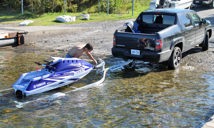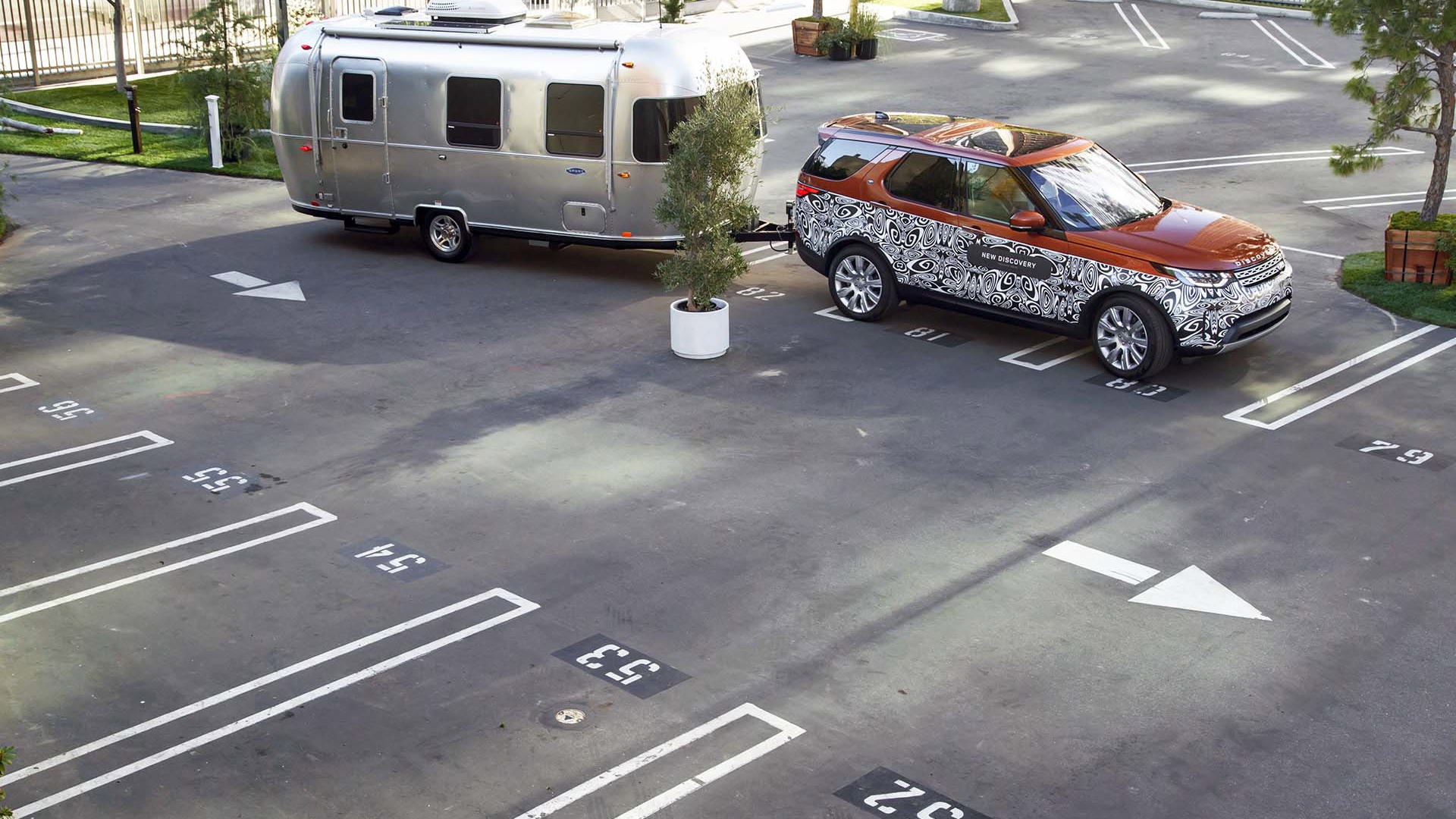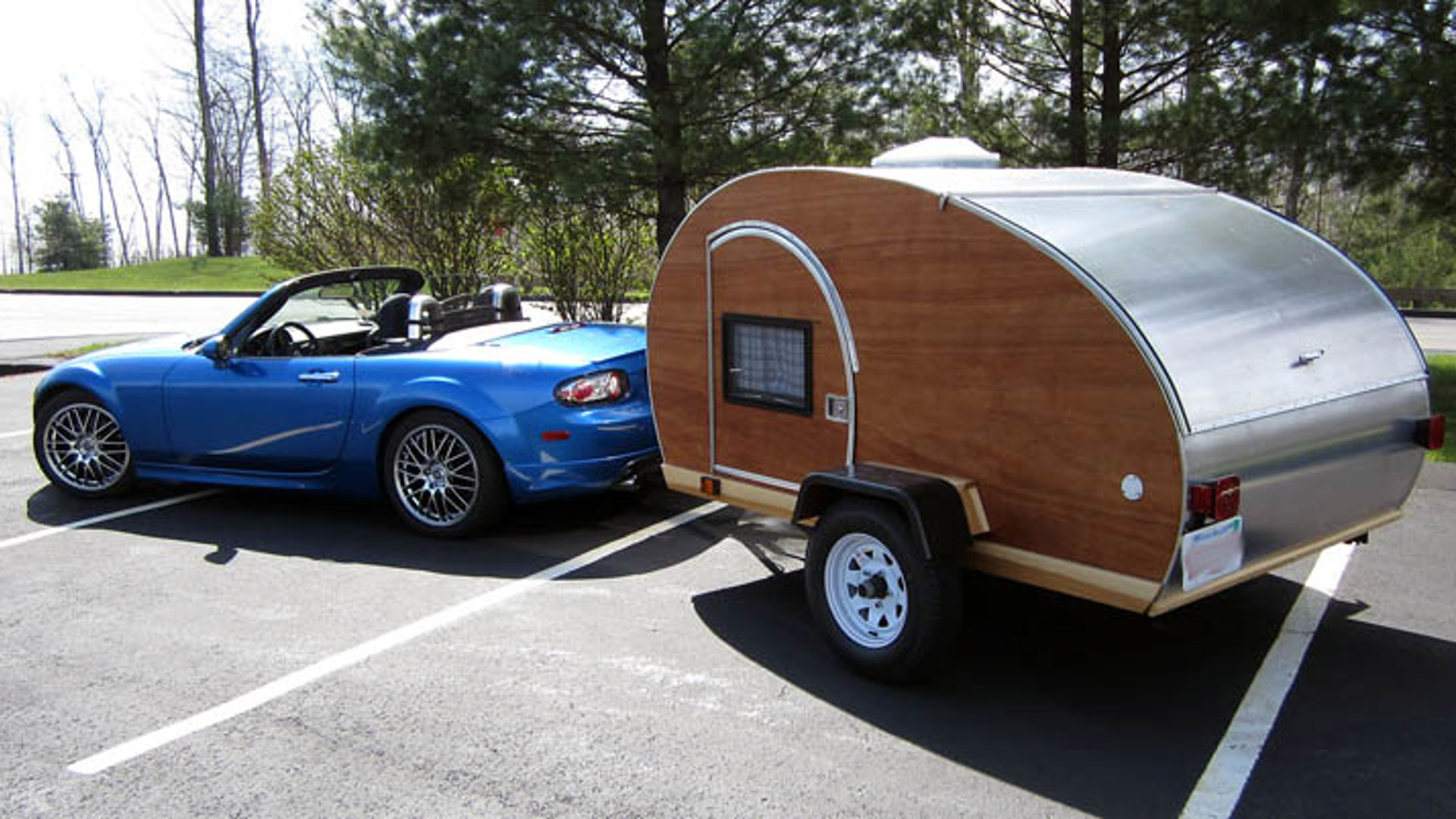It’s summer. That means vacations, which can also mean towing and hauling: taking the boat to the lake, or filling the sport-ute with stuff for the cottage. But prior to your trip, there are some things to keep in mind.
Before you even think about towing and hauling, go straight to the M word: Maintenance. Too many vacations end before they even start, because no one took the time to check the basics.
Start with the tires. Even people who remember to check the vehicle’s tires often forget those on the trailer, until they’re stuck on the side of the road on flat rubber. Check the pressure, and check the tires themselves, too. In addition to having sufficient tread, tires should be within their “best before” dates.

Tires get old, and then they get – well, tired. Rubber gradually deteriorates, increasing the possibility of failure. It’s recommended that tires be replaced when they’re ten years beyond their date of manufacture, no matter how much tread they have, and shouldn’t be used if they’ve been stored for more than six years. Look on the sidewall for a series of letters and numbers that starts with “DOT.” The four numbers at the end indicate the week and year the tire was made. For example, “4307” is the 43rd week of 2007. If there are only three numbers, the tire was made prior to 2000, and definitely shouldn’t be vacationing with you.
Another maintenance item often overlooked on trailers is wheel bearings. They need to be checked and packed with fresh grease, ideally once a year for most, and more frequently on boat trailers that go in the water. Inadequately lubricated bearings will overheat and seize, and yours will be that trailer propped on the side of the road.

Treat your vehicle to some love as well. If you tow frequently, have your transmission serviced regularly, and have a transmission oil cooler installed if your vehicle didn’t come with one. Whether you’re towing or hauling, have your shocks inspected regularly, and install new ones when necessary.
So what can you tow? Automakers calculate numerous ratings, but one of the most important is the Gross Combined Weight Rating, or GCWR. This is the maximum of everything added together: vehicle, trailer, and everything packed inside, including people.
You need to know the one for your vehicle, because those big towing numbers that you hear in the truck ads are usually the highest across all models. A bigger, heavier truck takes a heftier chunk of that combined rating. You’ll often find that the model with the highest towing capacity is the one most people don’t buy – regular cab, few options, and two-wheel drive, which weighs the least. You’ll find the rating on a sticker inside the door jamb.
Other towing numbers include the maximum tongue weight, which is the weight pressing down on the hitch. A weight-distributing hitch, which helps even out the load on each of the truck’s axles, should be used with heavier trailers.

So why does towing capacity matter? Your vehicle may be able to get an overweight trailer moving, but it won’t stop or steer properly. Buy the trailer that matches your truck, or the truck that matches your trailer.
Follow the rules when hitching up, including crossing the safety chains under the hitch, and making sure they can’t drag on the ground. Pack a sturdy lock for the unhitched tongue to prevent theft, and a square of thick plywood to put under the hitch wheel on soft ground.
Check the trailer’s running lights, brake lights and turn signals, and fix any that are burnt out so other drivers know what you’re doing at all times. “I’m only going a short distance” is a too-familiar excuse for burnt-out bulbs.

The too-heavy rule also applies when you’re packing your vehicle. It’s highly unlikely you’re going to weigh everything you put in, but there should be a minimum of rear-end squat once it’s full. Too much weight reduces braking performance and causes the front tires to “float,” reducing their contact with the asphalt and affecting the steering.
Be smart inside SUVs and hatchbacks. Items piled above the seatbacks can potentially become deadly projectiles in a crash. If you must take that much, install a metal cargo divider. Pets should be in carriers or car harnesses, strapped to a seatbelt in the rear seat. In a crash, a dog on your lap in the front seat will be killed by the airbag. A loose pet can also become a projectile inside the car, run out in traffic if someone opens the door, or become territorial and prevent a first responder from helping you.
Cargo trailers shouldn’t be overloaded, and if they’re open, everything in them needs to be secured with straps or heavy rope, not thin twine. Anything that falls off a trailer, no matter how light it is, can cause a crash as drivers behind swerve to avoid it.
All of this may sound like doom and gloom, but it isn’t. Instead, just taking a few common-sense precautions can help ensure you get to your vacation spot without any issues. We only wish we could help you with the mosquitos, too.

